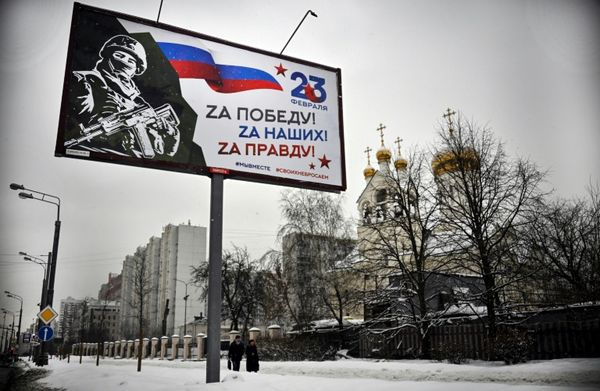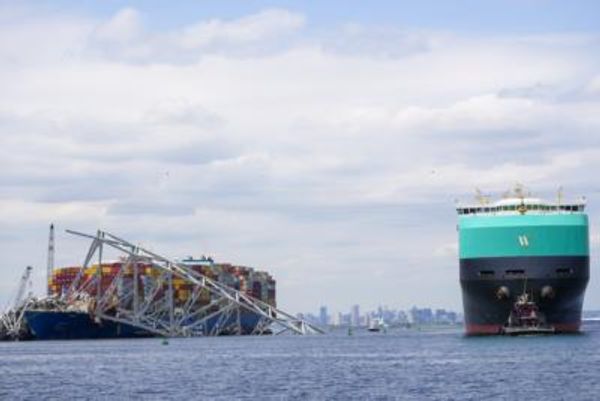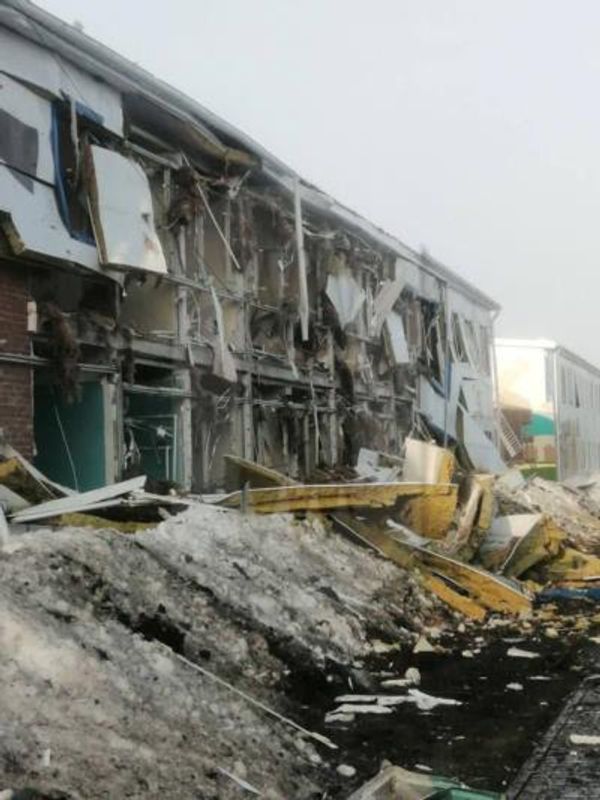Italy is once more facing up to its failure to protect people from seismic disaster, as the toll from the earthquake that flattened three ancient hilltop towns soared and rescuers continued their desperate search for survivors.
After rescue teams using sniffer dogs, bulldozers and their bare hands worked through the night and on through the following day, the national civil protection agency said at least 250 people had died in the 6.2-magnitude quake.
Another 365 were being treated in hospital, it said, while an unknown number remained trapped in the rubble of collapsed and damaged buildings. At least 470 aftershocks have shaken the area since the quake struck in the early hours of Wednesday, some as strong as magnitude 5.1.
As the prime minister, Matteo Renzi, promised in Rome to “rebuild and start again” in “these beautiful towns, with their wonderful past that will never end”, questions were mounting about how it was possible, once again, for so many lives to have been lost in an area long known to be the most seismically hazardous in Europe.
Experts estimate that some 70% of Italy’s buildings are not built to anti-seismic standards, with codes routinely not applied to older buildings when they are refurbished, and not respected at all when new ones are built.
In Amatrice, the town hardest hit by Wednesday’s quake, the 13th-century civic tower, its clock frozen at 3.39am, three minutes after the tremor struck, was still standing on Thursday. The Romolo Capranica school, restored in 2012 and supposedly to anti-seismic standards, was not.

“In a country where in the past 40 years there have been at least eight devastating earthquakes … the only lesson we have learned is how to save lives after the fact,” wrote columnist Sergio Rizzo in Thursday’s Corriere della Sera. “We are far, far behind in the other lessons.”
Wednesday’s tremor was felt more than 135 miles away, in Bologna to the north and Naples to the south. It levelled houses, buckled roads and buried residents under debris in and around Amatrice and the nearby small towns of Accumoli and Arquata and Pescara del Tronto, between 60 and 90 miles north-east of Rome.
“The town just isn’t here any more,” said Sergio Pirozzi, the mayor of Amatrice, voted one of Italy’s most beautiful historic towns last year, where 184 people, the vast majority of the total, lost their lives. “Our heart is broken, but will be resurrected,” he said.
A Spaniard and five Romanians were among the dead, according to their governments, but there is no clear estimate of the missing because the area was flooded with summer holidaymakers.
More than 70 were initially thought to be staying at the Hotel Roma in Amatrice, but the number was later lowered to 35, many of whom are still unaccounted for.
Outside the ruined towns and their surrounding villages, hastily erected tent cities and kitchens catered for some of the estimated 1,200 people unable to return home because of the risk from aftershocks, with others sleeping in their cars.

Mario, the father of two small boys, said he was still in shock. “We slept in the car last night, though with the quakes it was hard to sleep at all,” he said. “We’ve booked a tent for tonight. But then tomorrow, the next day?”
One of the youngest victims of Wednesday’s earthquake was an 18-month-old girl whose mother had moved to the area after surviving a 2009 quake in L’Aquila – just a few miles to the south – that killed 300 people.
After that disaster, the government set aside nearly €1bn for upgrading buildings in the region – but take-up has been desperately low, in part, critics say, because of the heavy bureaucracy involved.
“Here, in the middle of a seismic zone, nothing has ever been done,” said Dario Nanni of the Italian architects’ council. “It does not cost much more, when renovating a building, to make it comply with earthquake standards. But less than 20% do.”
Nanni said the quake’s impact had been exacerbated by the widespread use of concrete rather than wooden beams. “These indestructible beams hit walls like a hammer,” he told AFP. “That is what made so many houses collapse.”
Modern buildings have often proved the deadliest in recent quakes: in L’Aquila, a newly built university dormitory collapsed, killing 11 students, while in a tremor that struck San Giuliano di Puglia in 2002, it was the town’s new primary school that collapsed, killing 26 children.
While the government looked ahead to reconstruction – and the possible prosecution of architects and builders found not to have observed the proper codes – the rescue operation, involving than 5,000 soldiers, Alpine guides, carabinieri, firefighters and volunteers, pressed on.
All day, trucks carrying tonnes of rock, twisted metal and cement left the area every few minutes, rumbling down the hill to the main road.
Late on Wednesday night, to cheers and applause, rescuers working in the darkness with emergency lighting pulled a 10-year-old girl alive from the rubble in Pescara del Tronto nearly 20 hours after the quake struck.
Other children were not so lucky: among those who died in nearby Accumoli were a family of four, including two boys aged eight months and nine years.
Rescue workers were increasingly pessimistic about the chances of finding many more survivors, but many pointed out that the last survivor of the L’Aquila quake was pulled from the rubble 72 hours after it struck.
Emotional residents spoke of their terror during the quake. Picking up emergency provisions from the Red Cross were Maria Atrimala, 48, and her 15-year-old daughter. “We escaped by pure luck, the stairs of the house held and we ran, blindly in the dark and dust,” she said.
“When we got out we could hear the cries of people still trapped and we helped those we could. But we have friends and relatives who didn’t make it. What the future holds, I don’t know.”
Danzante Paoletti lived in Amatrice for 16 years before moving to nearby Sant Angelo, where his house was completely destroyed by the quake, he said.
Eight people he knew in the area had died, including a young girl: “All friends of mine. Above all else, we feel sadness. But hope must not die. I hope we find so many children and young people who have survived that this place can be reborn.”
Amatrice’s regular population of 2,500 was swollen with visitors before the town’s 50th annual festival to celebrate the amatriciana pasta sauce named after it.
In response to the disaster, more than 600 restaurants across Italy said they were putting the dish on their menus and would donate €2 from each one sold to the Red Cross.







